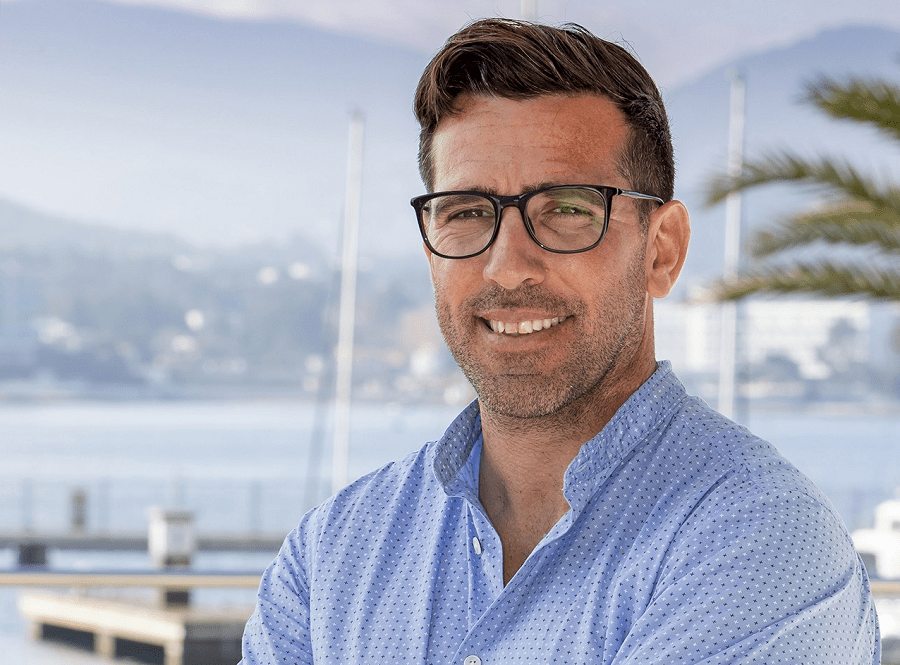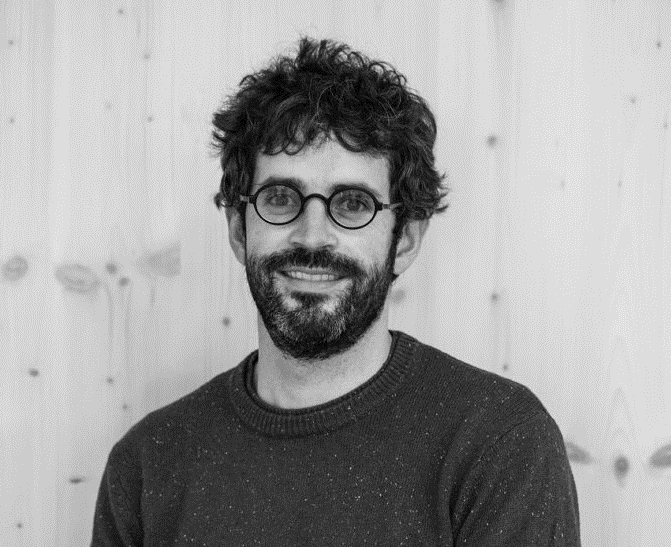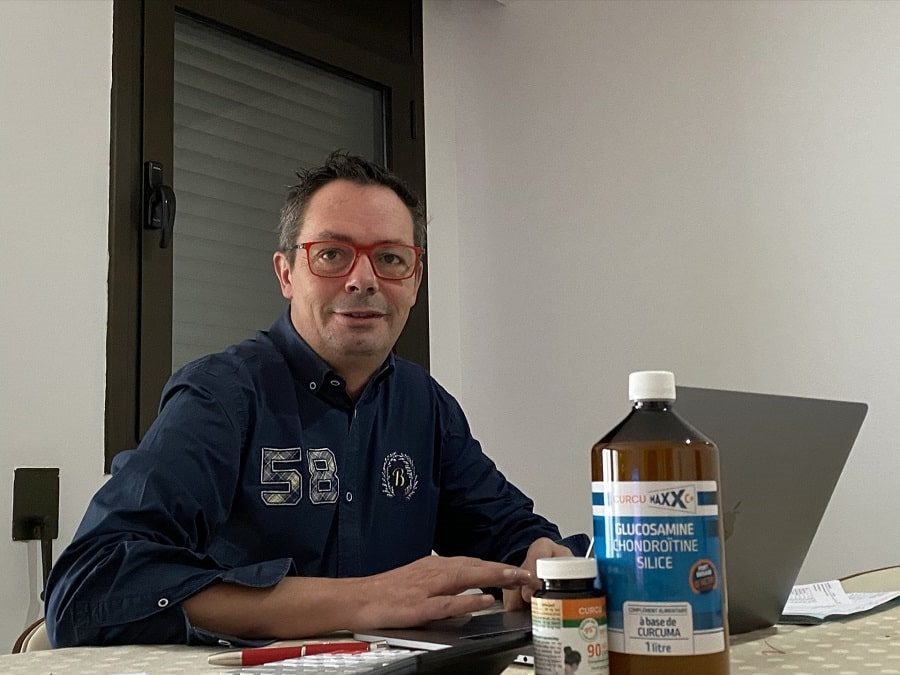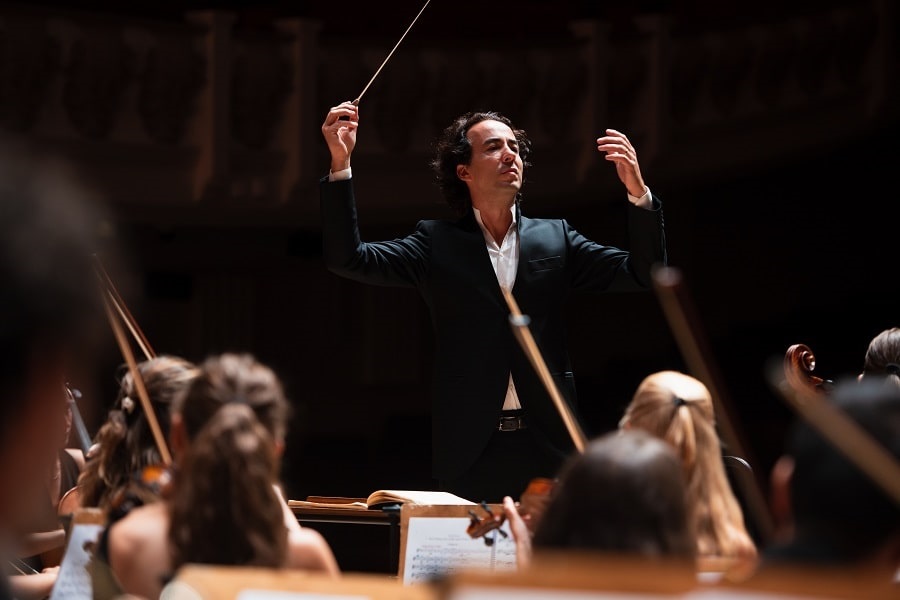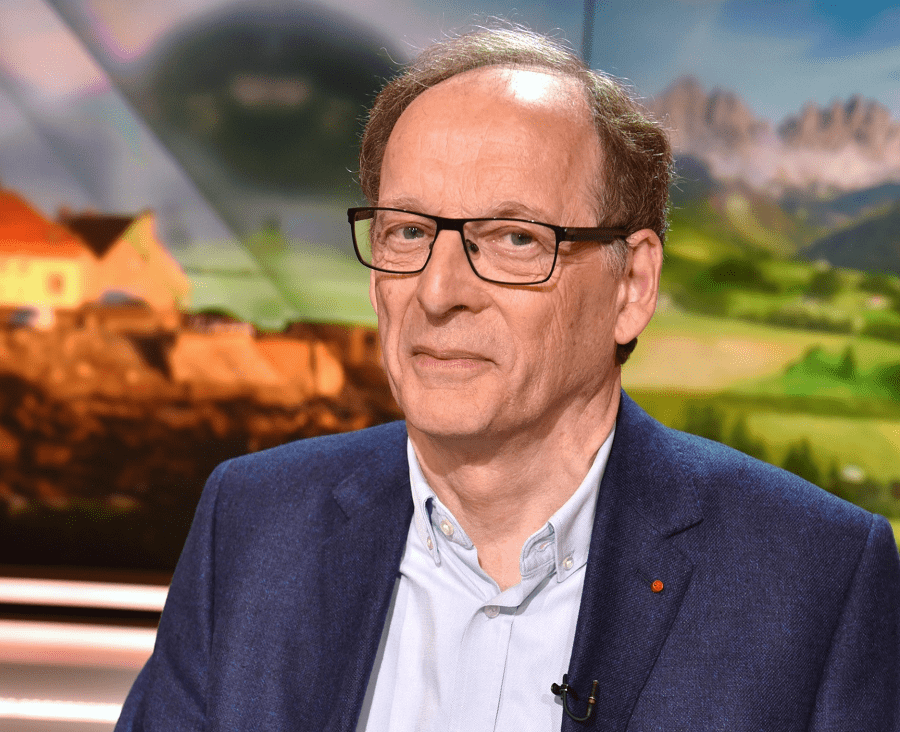 Rural tourism in Europe is gaining momentum. Thanks to Associations such as “The most beautiful villages of Spain” and “The most beautiful villages of France“, small towns and villages, distinguished by their authenticity, emerged in the international tourist arena. Francisco Mestre, president of the Association “The Most Beautiful Villages of Spain”, told us about the conditions for joining the Association, its main goals and objectives.
Rural tourism in Europe is gaining momentum. Thanks to Associations such as “The most beautiful villages of Spain” and “The most beautiful villages of France“, small towns and villages, distinguished by their authenticity, emerged in the international tourist arena. Francisco Mestre, president of the Association “The Most Beautiful Villages of Spain”, told us about the conditions for joining the Association, its main goals and objectives.
Interview: Irina Rybalchenko
When was the Association founded, and what are its aims?
The Association was founded in 2010 in Catalonia. It aims to promote and disseminate the Association’s affiliated villages and small towns, to protect the natural and architectural heritage of the municipalities of Spain, as well as to improve particularly vulnerable rural areas and resist depopulation.
The Association currently has 111 members.
Who finances the Association? What is the Association’s budget?
The Association is financed by 85% from the annual contribution of the municipalities. The remaining 15% represents assistance from various administrations (State and Autonomous) and funds from selling merchandising products such as our annual advertising directory.
By what principle are villages included in the Association?
About 90% of our branches have a population of less than 3,000, with a maximum of 15,000 residents. The initiative to become part of the Association must, in any case, come from the municipal plenum of the candidate. We must obtain the relevant documentation (certified heritage, municipal register, plenum agreement and an official letter signed by the mayor). As soon as we receive this documentation, we, together with the city hall employees, inspect the candidate or village.
During the inspection, a photo report and assessment are made, in which we consider more than 40 points collected in the documentation (all information is available to everyone on our website). First, we pay attention to urban planning, building harmony, good preservation of buildings, transport management, availability of parking places, etc. Our quality committee makes the final decision before the general meeting once a year.
We also conduct follow-up audits, evaluated by a commission of villages already members of the Association, to check and control their compliance with the requirements for those who have recently joined the Association.
Which cities or towns were the last members to form part of the Association?
There were six ones: Durro (Lleida), Castrojeriz (Burgos), Trevélez (Granada), El Burgo de Osma (Soria), Artíes (Lleida) and Garòs (Lleida)
What projects does the Association finance?
The Association due to its small budget, can finance the Association’s promotion projects. This is everything to do with the web, app and social networks, advertisements and promotional events in our villages, such as La Noche Romàntica, Ethnographic Festivals and other cultural or tourist events. It also finances Tourism Fairs, such as FITUR.
How often do cultural events take place in your villages?
The villages of the association, given that many have the category of a historical ensemble are places where numerous cultural and traditional events occur. Many of these events are considered Festivals of national or regional tourist interest, with spectacular importance with top-level historical or traditional recreations implemented in the town in question for many years. These events are very beautiful and very important for our villages.
Which community in Spain has the most beautiful villages and why?
The community with the most villages (27) is Castilla y León, also Spain’s largest community. It must also be taken into account that the municipal meeting must initiate the process, and if there is no such request, it cannot be a member of the association. We have many more beautiful villages in the north of Spain than in the south.
Do you have statistics on the number of tourists visiting beautiful villages? What are the dynamics of recent years?
Yes, we have statistics on those villages where travel agencies work all year round. This is impossible in very small villages, and the city hall data, shops or the hotel industry must guide us.
The entry of a village into the association is effective. We have villages (less known) that have increased the number of visits by 10 times in 4 or 5 years. Other, more touristy villages have doubled or tripled in visits. At the same time, the number of visits increased during the low season, when there were very few or no visits before.
It is important to note that on behalf of the Association, we do not want tourism that destroys the villages. But we are fighting for de-seasonalization and national and international quality tourism. That is why we have contacts with tourism companies in the USA, China, Germany and Switzerland. We are also collaborating with Turespaña travel company to promote our cities in different countries.
How many requests are currently pending? How long does the review process take?
We have about 25 requests pending, some from last year. The review and re-audit process takes place approximately every 5 years unless a major violation of the Quality charter is detected in one of our villages. In this case, the re-inspection would be imminent for the case to be studied by the Association quality commission.
Do you cooperate with similar associations in France and other countries?
Yes, we have a very important contact and are cooperating diligently on issues that we treat equally in Spain and France. For example, we are talking about installing solar panels strictly outside the city center to protect the architectural heritage of our villages.
We are also part of the Federation of the Most Beautiful Villages in the World. Our members are also Italy, Switzerland, Belgium, China, Japan and Germany, where we hold annual meetings. At these meetings, we add over 700 certified villages every year.



